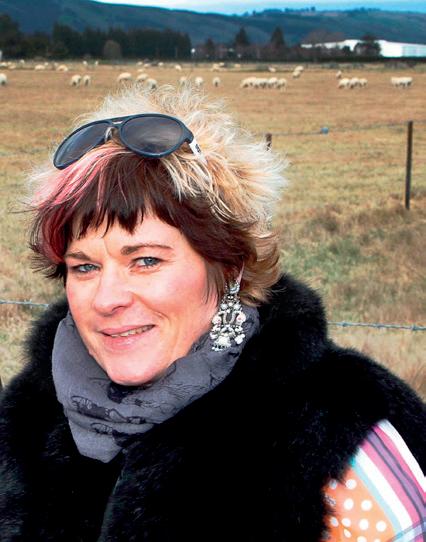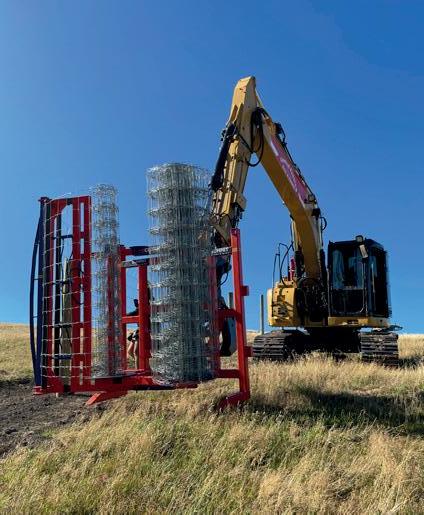
4 minute read
Smarter way to work
Keeping cattle in the right place has innumerable benefits, including securing vital livestock assets. Good fencing is key to that containment and the peace of mind that goes with it is invaluable.
“As a non-income generating activity, fencing is not what most farmers want to be doing with their day,” Colenso Station sheep and beef farmer Tom Platts says. “With Stockade’s ST315i cordless batten stapler, it is much easier to maintain great fences and focus on revenue-driven work. “Like many farmers, we don’t get contractors in. Fencing is done by our existing farm labour. The ST315i is a worthwhile investment. Our fences are up to a pretty good standard and with fewer labour costs, we are able to spend more on materials and just get a lot more done.” 2 years ago, Tom was frustrated over the time involved in hand-hammering batten fences across the hill country farm, when his neighbour introduced him to Stockade’s cordless batten stapler. With 780ha of medium-to-high hill country and little vehicle access to fence lines, he thought this tool would be handy. “I would say this tool is five times faster than stapling by hand and by the time you have paid the labour for someone hand-stapling, the ST315i would only take about 20 hours to pay itself off. It also makes fencing far less of a chore. I wouldn’t batten a fence line by hand now. It’s earned its keep.” Converting the station’s four-wire electric into nine-wire conventional fencing is a focus for this autumn and Tom and his farm labourer Hunter, have a good system going. One works with the cordless batten stapler and a steel hook to pull the wire, while the other handles the bungy and set square. Working turnabout, the team get through a full day of work before morning tea. Stockade North Island Territory Manager Mike Billinghurst says there are three non-negotiables for a strong long-life batten fence. “The single biggest thing you can do to keep the structure of your fence longterm is to start with dry timber. From the time of purchase, battens should be fillet-stacked under trees or in the corner of a shed, so they dry out before being put on the fence. “Next is the correct staple. Pine battens have a Chromated Copper Arsenate treatment, which is quite hard on steel. Stockade staples use a heavy coat of zinc and aluminum, providing superior corrosion resistance over standard hot-dipped galvanized staples — and a stronger, longer hold in the batten. “Finally, it’s all about technique. Staples should be placed into the batten leg-toleg, with both legs having contact to the wire. Alternate the angle of the staple left-to-right as it goes down the batten, and alternate side-to-side from the centre of the batten. “Put those things together with Stockade’s cordless tools and you have a well-built fence.”
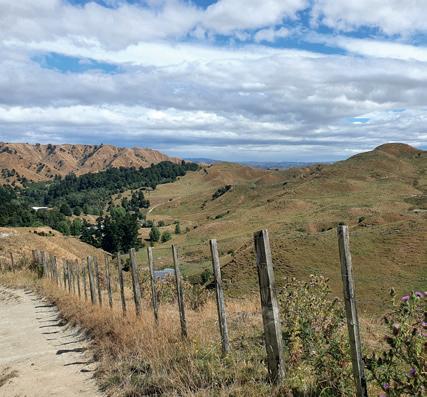
| Vehicle access can be limited on the farm. | The ST315i in action.
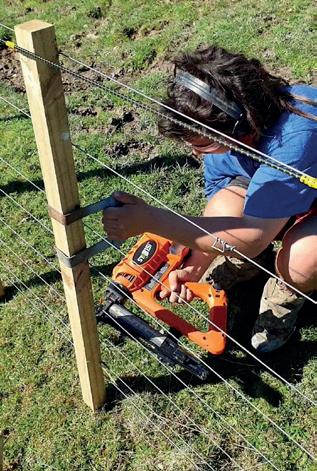
For further information, contact your Farmlands Technical Field Officer or the friendly team at your local Farmlands store.
Article supplied by Stockade
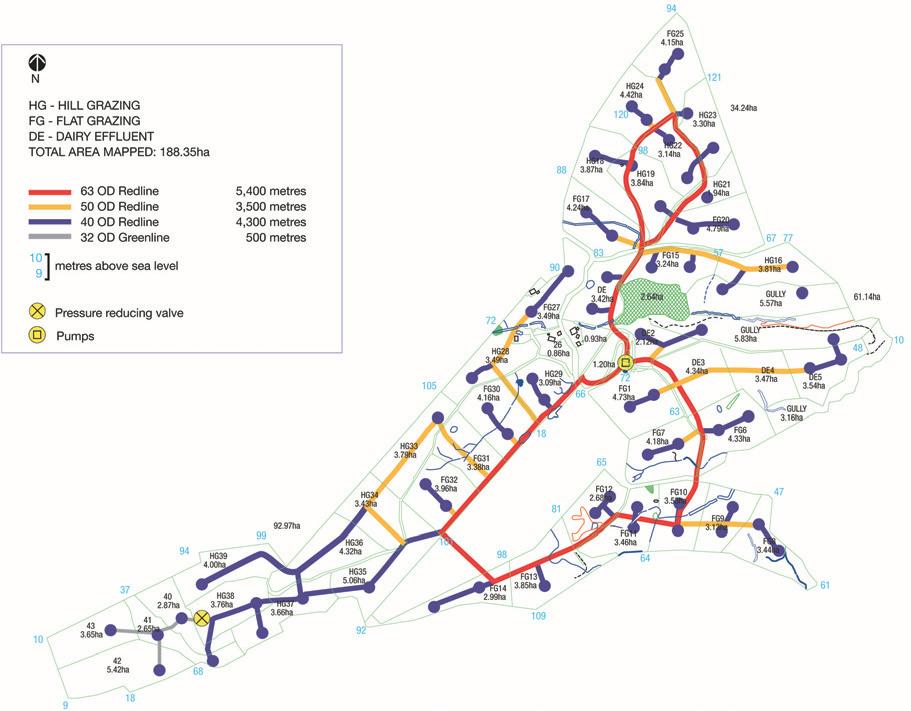
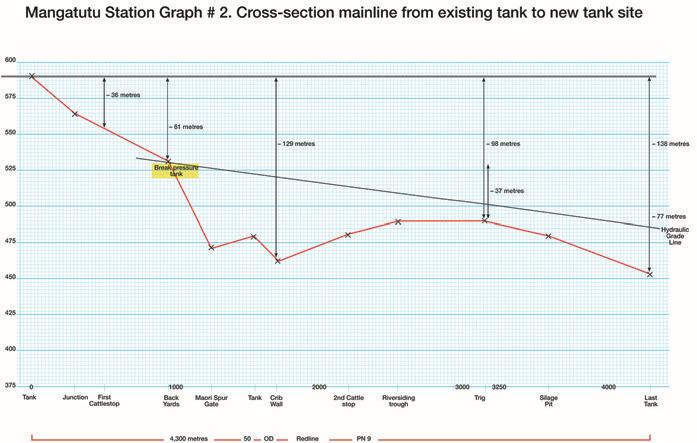

Pure dedication
Nestled beside the Kaupokonui River in Manaia, south Taranaki lies 52 hectares of land that has been farmed by four generations of one family for 108 years.
Around 1880, Michael Landers travelled by boat from his birthplace of Annascaul, County Kerry in Ireland to New Zealand. He married Mary O’Sullivan in 1889 at St Mary’s Cathedral, Wellington. After their marriage, they travelled to Williamstown in Victoria, Australia where they worked and raised their first three children – Bridget, Mary and John Joseph. They returned to New Zealand around 1894 and settled in Manaia and had another three children – Laurence, Francis and Eileen. In 1911, Michael Landers purchased two blocks side-by-side between the Kaupokonui River, Lower Glenn Road and Main South Road in Manaia. The farm transferred to their eldest son, John Joseph in 1946. John Joseph farmed this land with his wife, Fanny and raised their seven children – Mary, Eileen, Kathleen, Josephine, Michael, John (Jack) and James (Jimmy). The farm was transferred to their son, John Patrick (Jack) Landers in 1965. Jack farmed this land in partnership with his wife, Margaret Leonie and raised their eight children – Owen, Dennis, Trish, Theresa, Tony, Roger, Colleen and Trevor. Jack milked 180 Jersey cows and walked every day to get the cows in. From the late 1980s their son, Anthony Gerard (Tony) came home and farmed with his father. Tony eventually went 50/50 sharemilking and after Jack’s death in 2008, then leased the farm. After Margaret’s death in 2016, they continued to lease until today. Succession of all or part of the farm is currently being looked at.
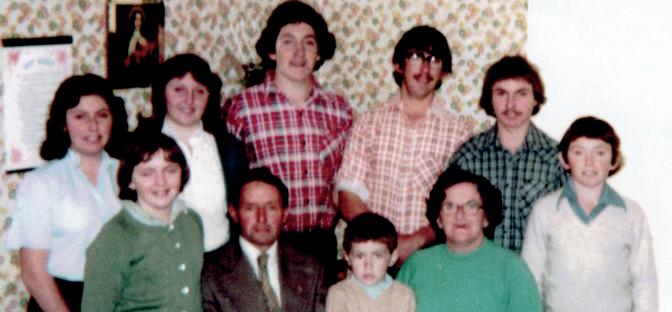
| Back: Patricia Margaret (Trish), Theresa Anne, Anthony Gerard (Tony), Dennis Patrick, Owen John. Front: Colleen Mary,
John Patrick (Jack), Trevor Michael, Margaret Leonie, Roger Peter.

| Back: Laurence Albert Patrick, John Joseph (Jack/JJ), Francis Michael. Middle: Bridget
Johanna, Michael, Mary, Mary Eileen Maude Ellen. Front: Eileen Margaret. | From left: Josephine Bridget (Josie), Mary Margaret, Kathleen Agnes (Kath), Eileen
Frances, Frances Josephine (Fanny), John Joseph, Michael John, John Patrick (Jack),
James Brian (Jimmy).


